COP28: Your Guide to the 2023 UN Climate Conference
When it comes to the climate crisis, every action matters.
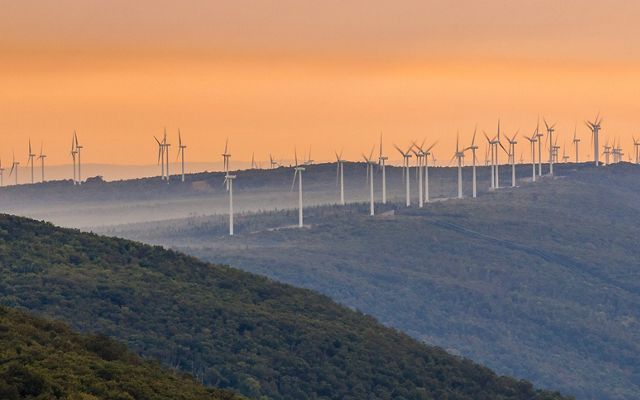
View from Dubai:
‘At the 11th hour, Dubai delivers meaningful milestone on the path to a cleaner, fairer world’
Late-night diplomacy at COP28 turns divisive text into path forward on climate emergency.
From November 30-December 12, representatives from nearly 200 countries came together to coordinate global climate action for the next year—an event referred to as COP28.
If you’ve never heard of COP28, or if you need a refresher, this guide will tell you what to expect from the event, why TNC was there with staff from over 20 countries around the globe—and what this all means for you.
What is COP28?
COP28 stands for the 28th Conference of the Parties to the United Nations Framework Convention on Climate Change. In this guide we’ll call it COP; you might also hear this referred to as the UN climate change convention.
At the annual climate COP, delegates from nearly every country on Earth negotiated global goals for tackling climate change, present their individual countries’ plans for contributing to those goals, and report on their progress.
Key Facts About Nature & Climate
-
1.5° C
The target for limiting global warming to reduce the harmful effects of climate change.
-
1/3
The amount of emission reductions we could realize by protecting and restoring nature.
-
<10%
The amount of climate funding currently allocated to nature-based solutions.
Why is COP28 important?
The world is facing unprecedented impacts from a warming planet already: record-breaking wildfires, catastrophic floods, and unbearable heat waves. And what’s worse, the first ever report card on our climate progress (appropriately named the Global Stocktake) showed exactly how far behind we are in our climate ambitions. We need dramatic actions to benefit our climate and we need them now. COP28 is the world’s chance to level up
The climate COP meets in a different city every year to demonstrate the importance of collaboration from nations across the globe. This year’s meeting was held November 30 to December 12 in Dubai, United Arab Emirates (UAE). While the overall goal of all these meetings was increasing global cooperation to fight climate change, the specific topics can vary each year.
Similar to last year, the host country sets the tone and initial direction of discussion.
What were the four areas COP28 focused on?
Why was TNC at COP28?
With some of the world's top policy makers and climate experts at COP28, there's a tremendous opportunity to advance the critical role nature plays in combating climate change and implementing the Paris Agreement.
As countries work to update and align their climate plans, TNC staff were at the forefront of negotiations with government and business leaders, pushing for greater ambition to phase out fossil fuels, build more resilience into societies, and invest more in both mitigation and adaption efforts.
To accomplish these goals, we've been advocating for both swifter transition to renewable energy source and more use of natural climate solutions, and more investment from both the public and private sectors, especially to help those countries that have been most affected the impacts of climate change. We're also working to ensure Indigenous and local community voices are heard, as these are the people who know best how to work with nature in their communities.
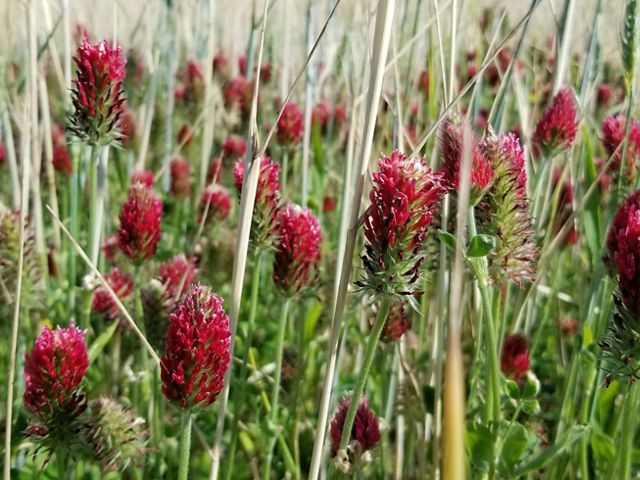
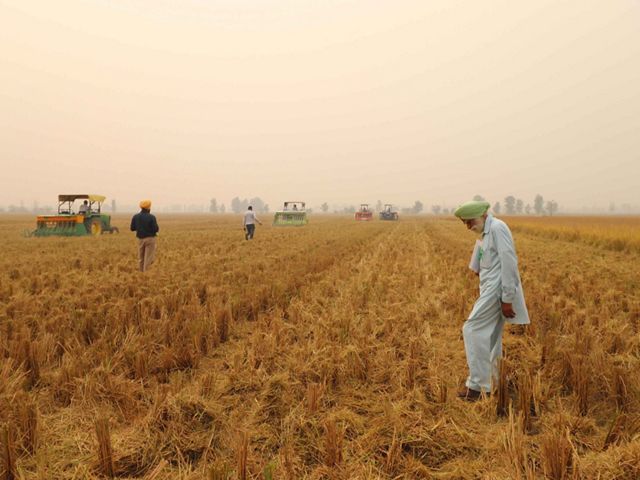
What can we do to help address climate change?
Every action matters. Every ounce of carbon, every fraction of a degree, every day matters. Our leaders’ climate actions matter and your climate actions matter.
That’s why at COP28 we’re advocating for 3 core themes.
As a global society, we must:
- Phase out fossil fuels. We must accelerate the equitable phase-out of fossil fuels to achieve net zero by 2050 or sooner.
- Build climate-resilient societies. We must empower groups who steward nature to secure their homes, livelihoods and futures.
- Invest in climate solutions. We must inspire commitments and investments in nature-positive projects, policies and practices.
A few things YOU can do:
-
Our guide to talking about climate change will help you feel more comfortable raising these topics at the dinner table with your friends and family.
Want to have an age-appropriate conversation about climate change with kids? Nature Lab has a variety of lessons, videos and other resources to educate K-12 students on climate issues and solutions.
-
Share this page on your social channels so others know what they can do, too. Here are hashtags to join the conversation: #COP28 #NatureNow
-
Measure your own carbon footprint and learn how the climate has changed since your own “carbon birth year.”
-
If you're in the U.S., speak out for climate action now at all levels of government. Pledge to stand with The Nature Conservancy as we call on U.S. leaders to put nature and climate solutions on the policy agenda.
-
Get our timely takes on some of the biggest challenges facing people and the planet. Sign up now.
-
Educate yourself and share the knowledge. If you feel ready to take a deep dive, scroll down to the next section for some resources we've put together on key topics that will be discussed at COP28.
Our global insights, right to your inbox
Real-world solutions to the most complex challenges facing people and nature today.
Get our newsletterCheck out a sample Global Insights Newsletter here.
Dive deeper on the issues at COP28
Want to learn more about some of the issues discussed at COP28? In this last section of the guide, we’ve curated articles and videos on the most important issues at this year's climate conference.
-
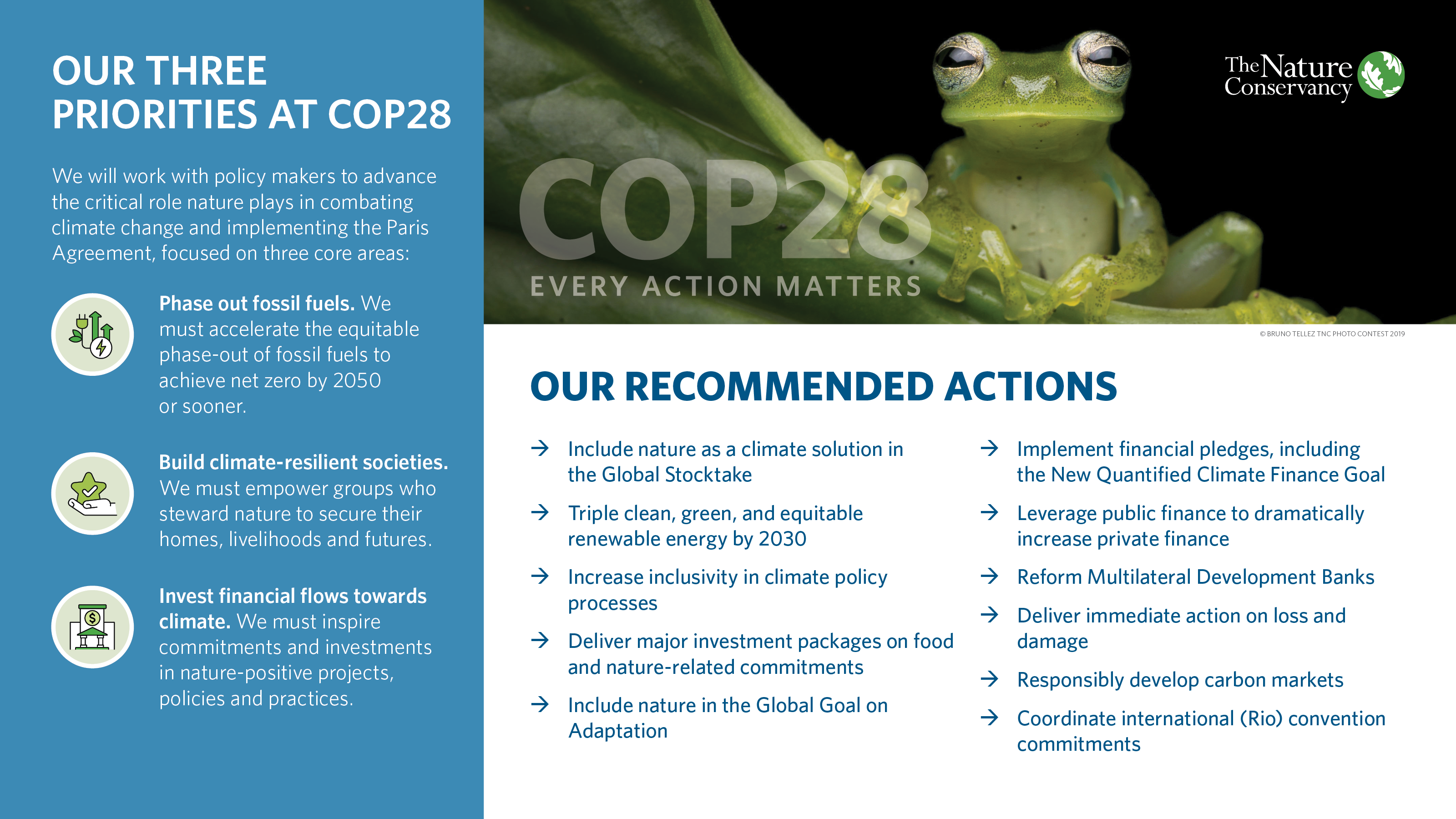
COP28 Scorecard
(simplified version)
Here are the actions we would like to see during COP28. Download full version
DOWNLOAD
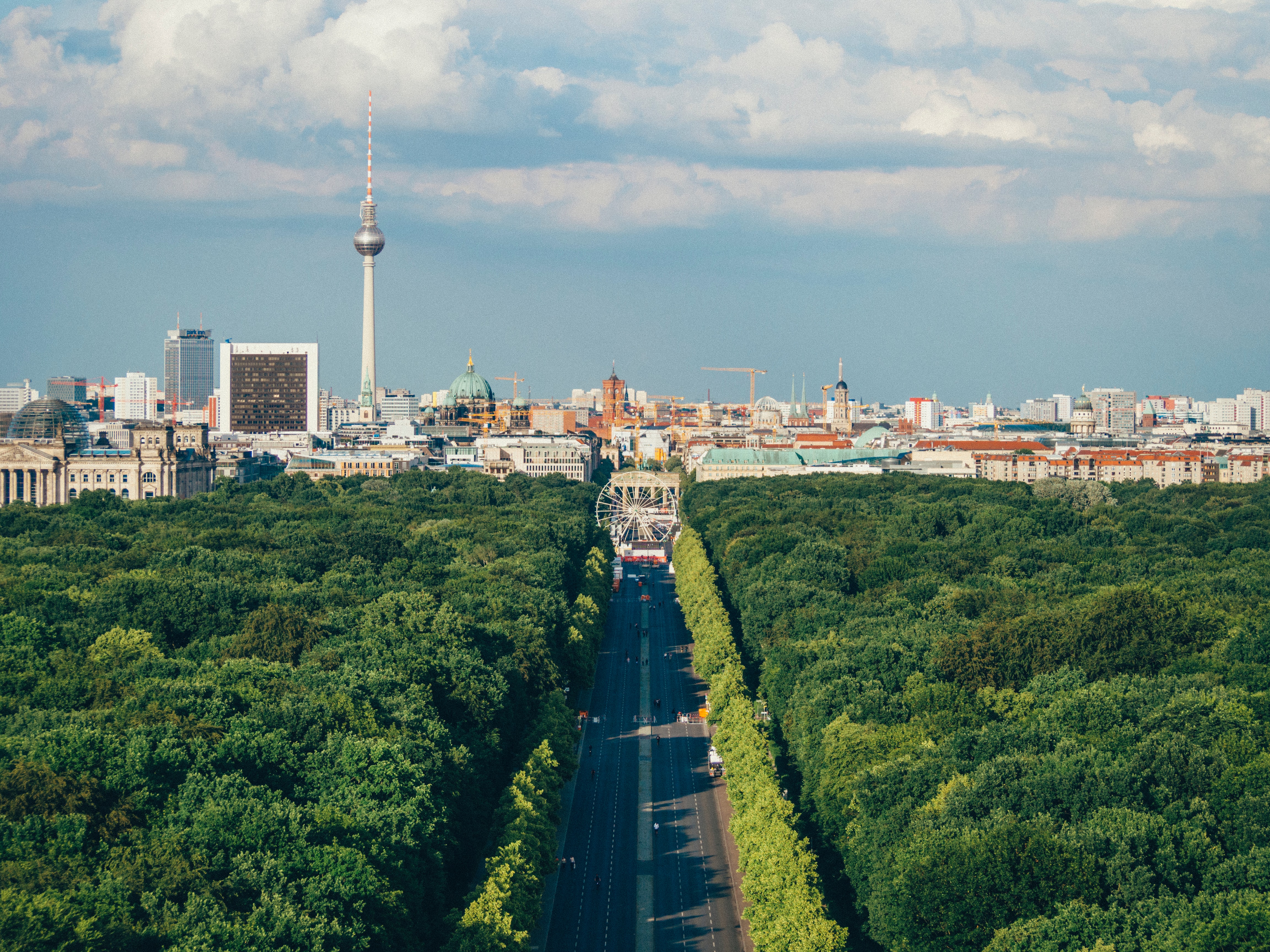
Indigenous and Local Community Leadership
Explore the Emerald Edge in 360°
Watch 360° Video (mobile)
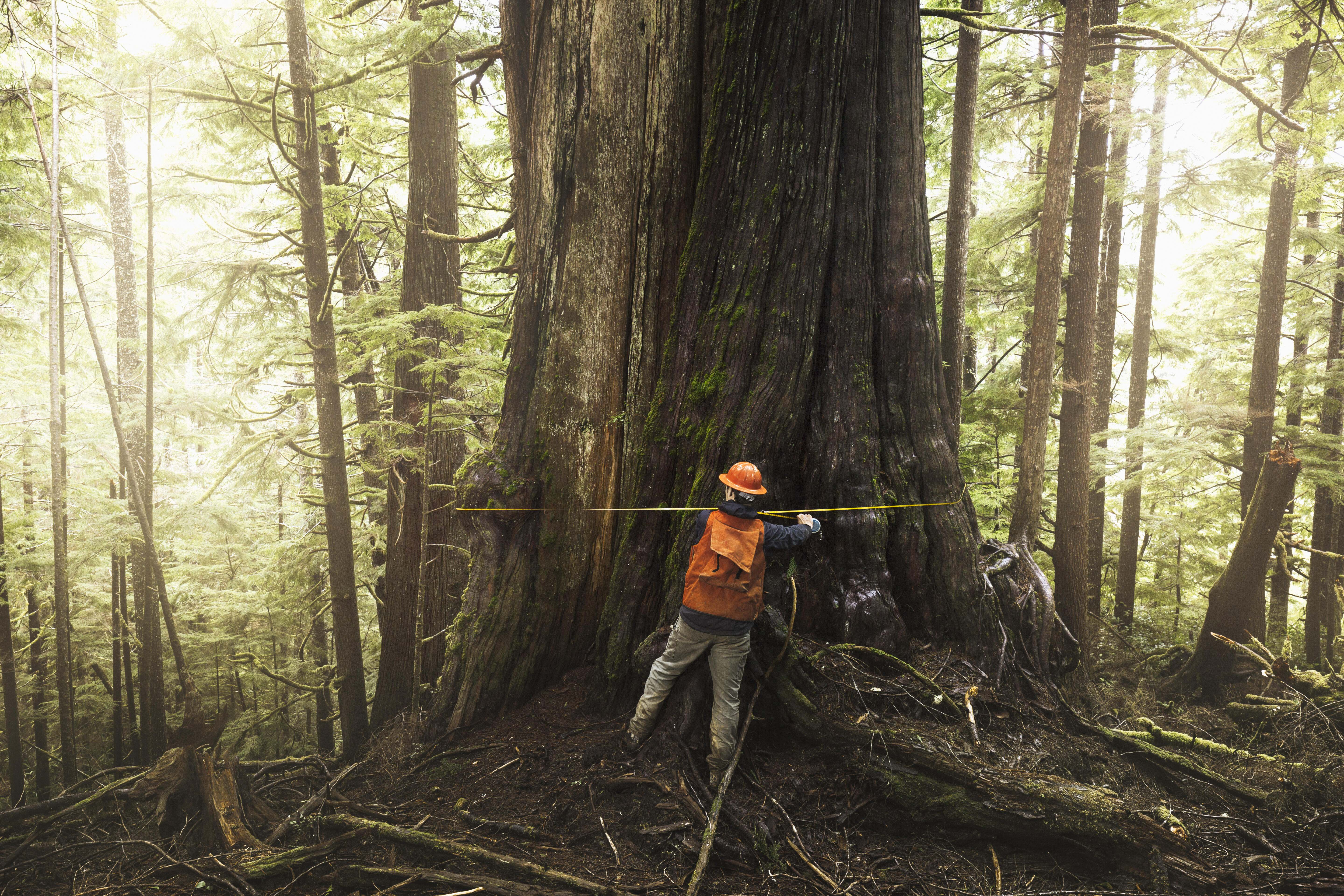
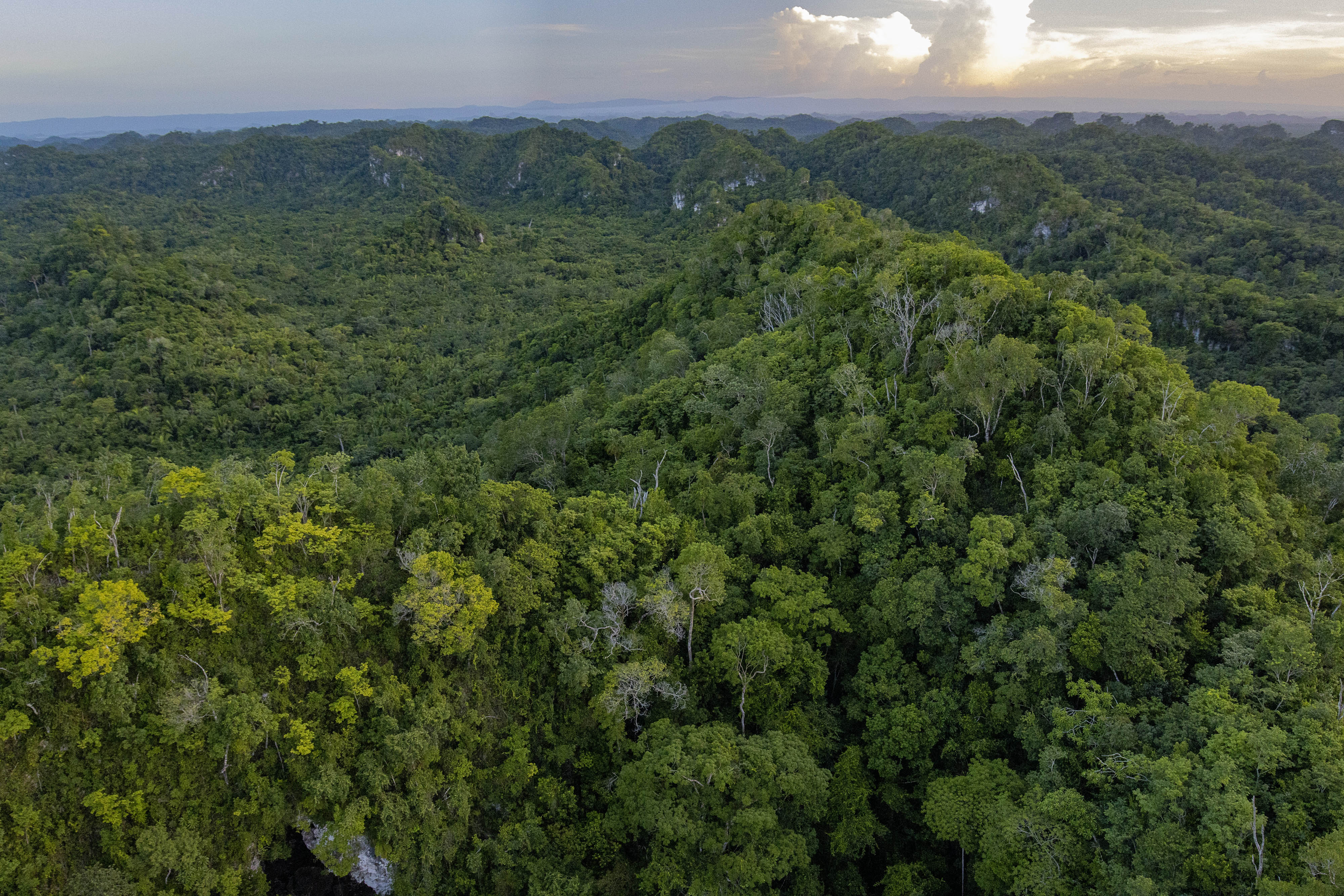
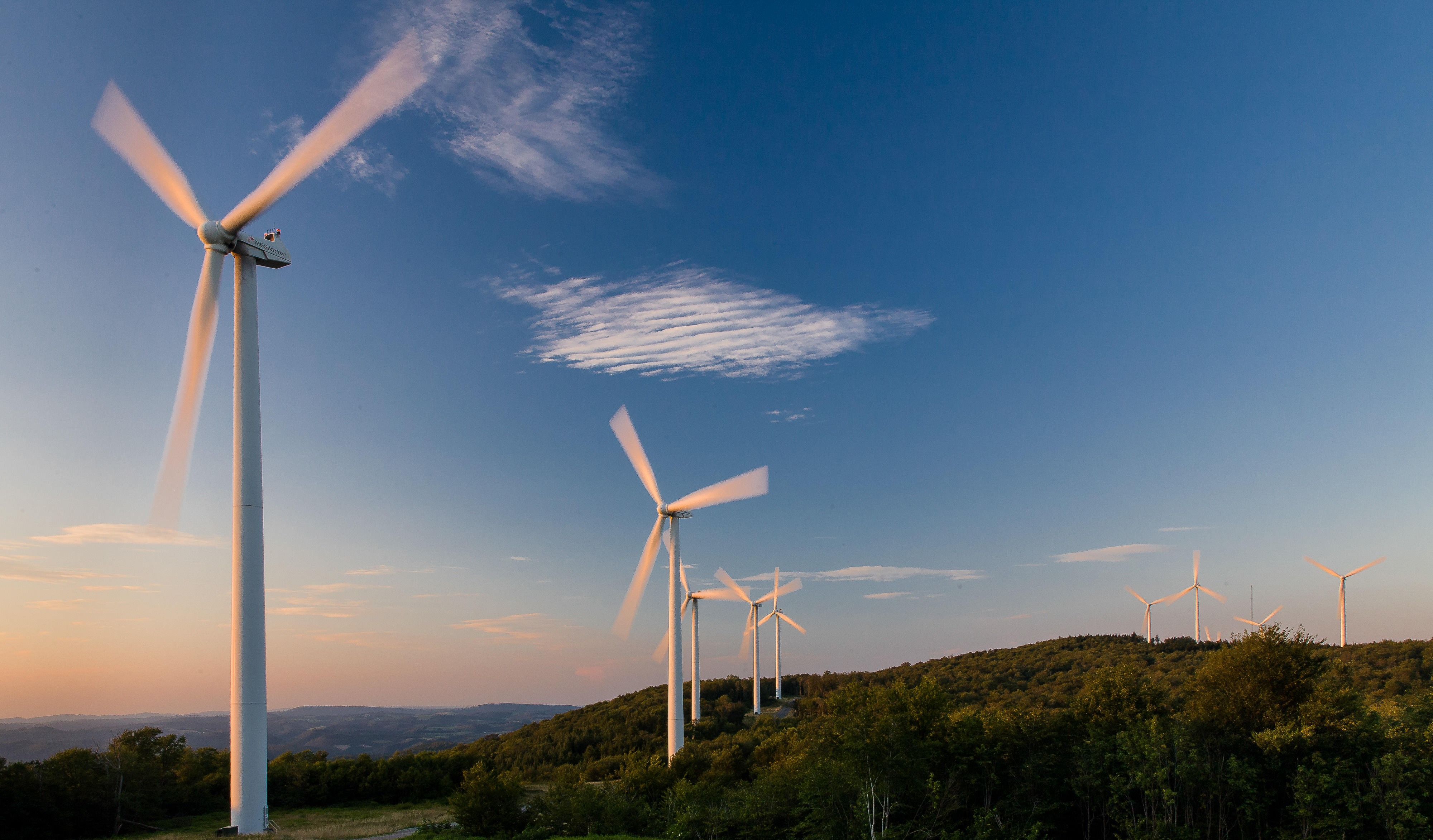
Sign up for TNC’s Global Insights newsletters
Real-world solutions to the most complex challenges facing people and nature today.






